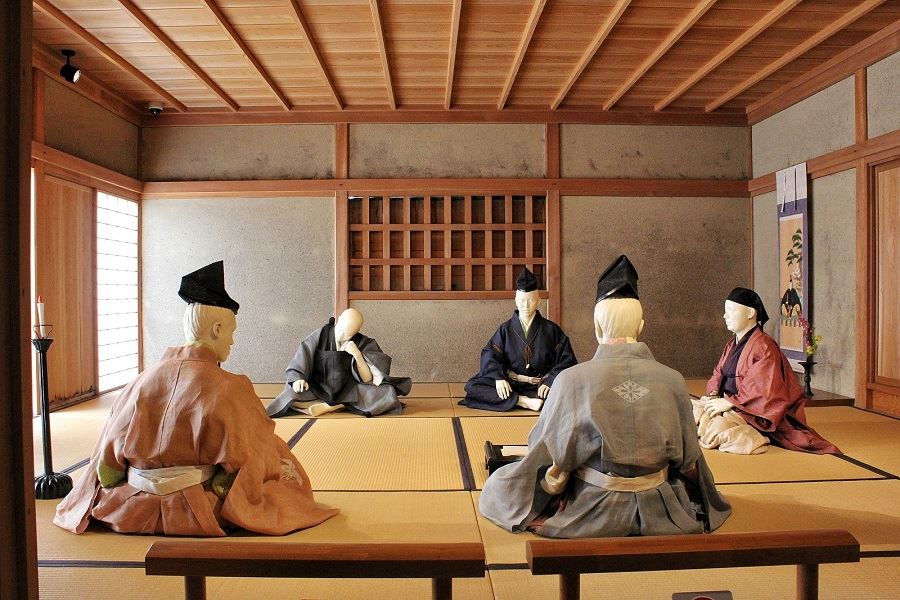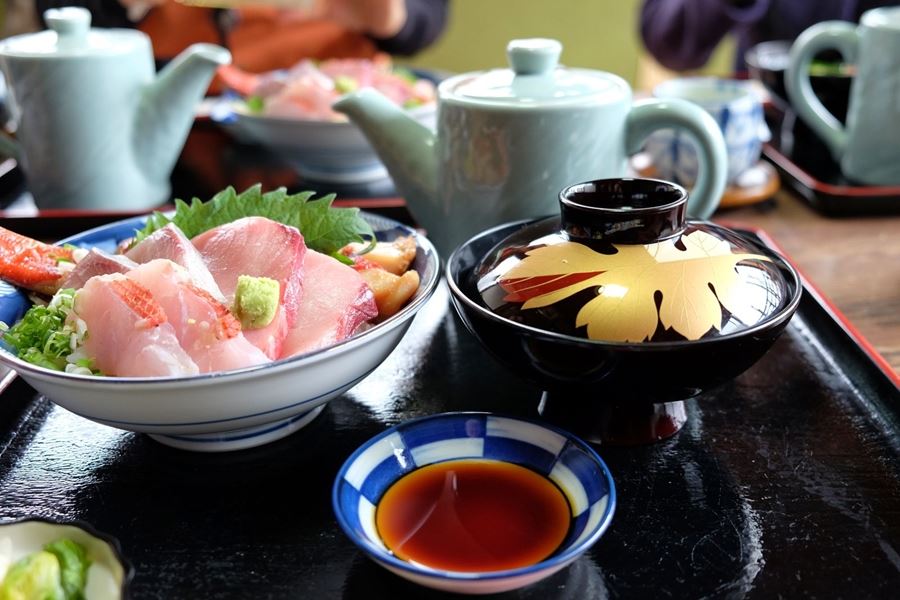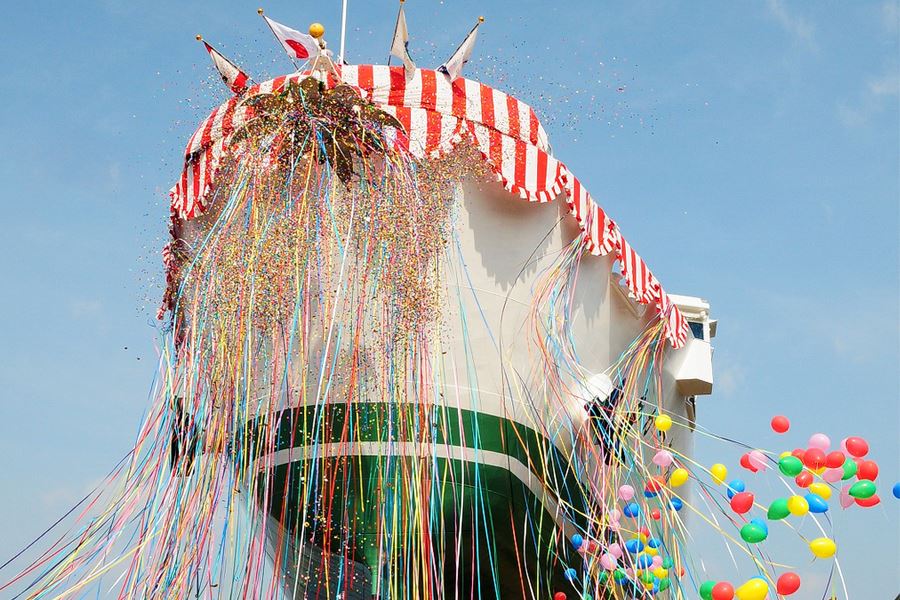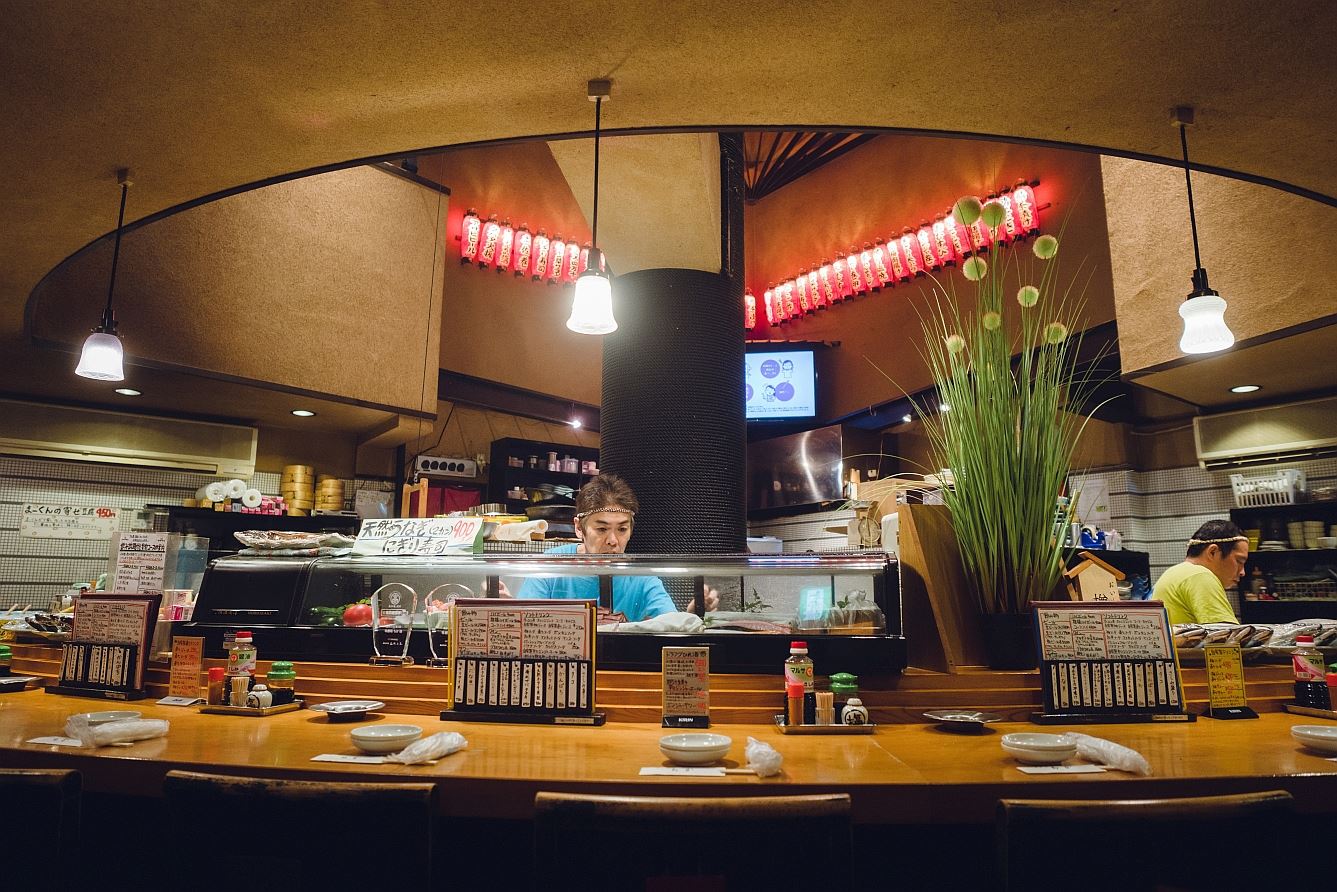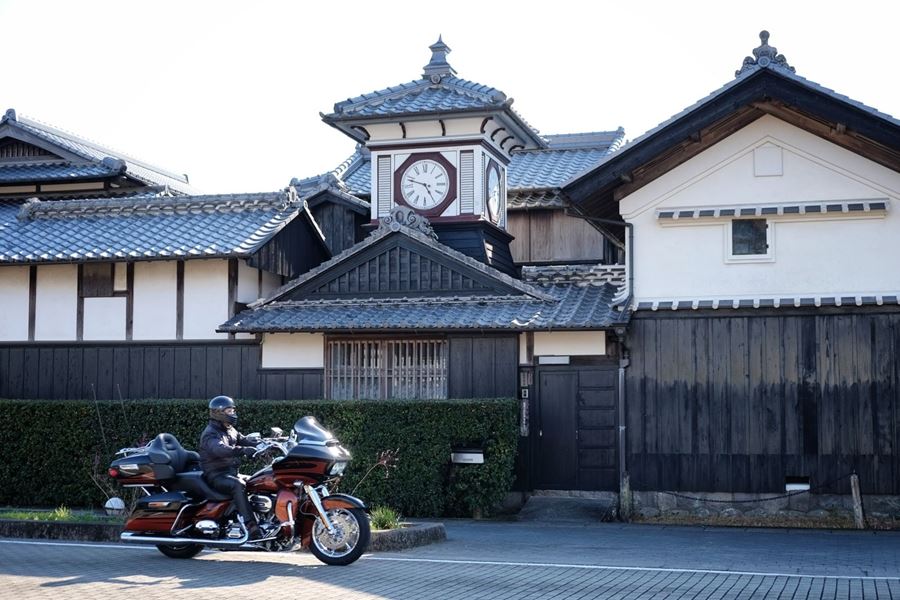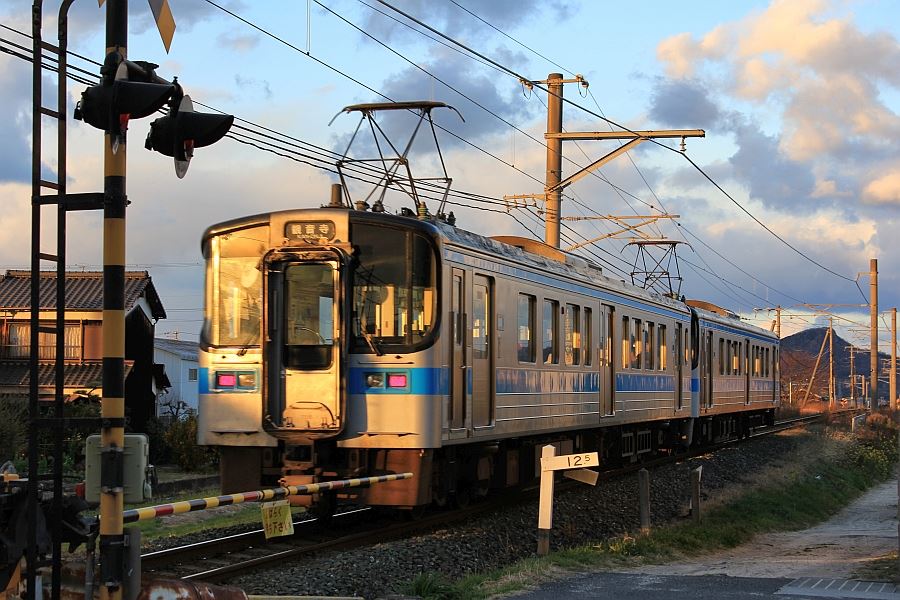Yanase Forest Railway
Home » Yanase Forest Railway
Yanase Forest Railway
Legend has it that the village of Yanase started with the arrival of Taira no Noritsune of the Heike, after he escaped alive from the defeat of his clan in the sea battle of Dan no Ura in 1185. He lived by trapping fish on the Nahari River using a dam made of wood and bamboo called yana. Yanase took its name from Noritsune’s fish trap. Later during the feudal period, word got out about the high-quality forest resources of Yanase’s mountains, and people began to come from the downstream regions to cut wood. They floated the logs down the Nahari River and shipped them from holding areas at the mouth of the river.
The trees that grow in Yanase are sugi, Japanese cedar. Today, sugi is widely regarded as an inferior wood to hinoki, Japanese cypress. But the cedar of Yanase is special. The valleys in this part of Kōchi are deep and protected from high winds, while the frigid winters and humid summers of the region are conducive to strong, healthy growth. Here, the trees naturally grow thick and straight, to an enormous height. The wood of Yanase cedar is dense and knotless with a pinkish colour and a unique scent. It’s recognised as one of the best cedar materials in Japan and is consequently highly prized.
After Toyotomi Hideyoshi added Shikoku to his domains in the warring states period, he ordered his new vassal, Chosokabe Motochika, daimyo of Kōchi, to donate wood to be used for the Great Buddha Hall of Bukko-ji Temple in Kyoto. Later, in the feudal period, Yanase cedar was valued by the Tosa domain as a gift to the imperial court and shogunate. Chief retainer Nonaka Kenzan and his fellow ministers strictly managed the forests for sustainability as an important domain resource. The lumber was used in the construction of Nijo Castle and Edo Castle. In those times, logs from Yanase were floated down the Nahari River.
In the Meiji period, forestry in Yanase intensified. In 1895, a road was cut into the forest. Some wood was hauled out using oxen and horses, but even at that time, water transportation using the Nahari and Yasuda rivers was the main method of extraction. The purpose of this and later roads was for supplying necessities to the foresters rather than transporting wood.
However, the demand for this timber continued to increase, and the forest roads were found insufficient. So in 1907, the first track was opened on the Yasuda River Mountain Line, then the Tano to Umaji railway was completed in 1911. Initially, gravity alone was used for bringing the wood down, and dogs or oxen were used to pull the trucks back into the mountain.
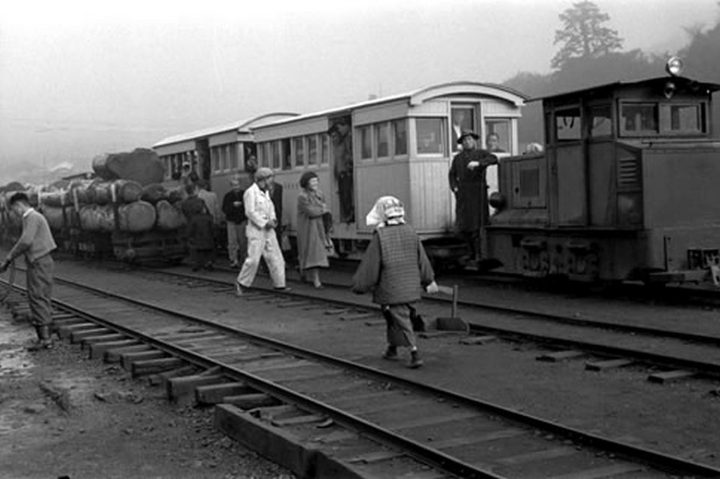
From 1921, locomotives began to be used on the railway. The locomotives used changed with the times. The first were coal-fired Shay steam engines, followed by engines made by Porter. As technology advanced, the engines switched sequentially to gasoline, charcoal gas, and finally diesel. The use of powered locomotives allowed the trains to include carriages for passengers, so that forestry workers could bring their families inland to the forest to live with them. Towns sprang up in the interior. Thanks to the high incomes from the timber, the settlements boomed, and the logging towns even had several cinemas. The job of engine driver was especially prestigious. Another line along the Nahari River was started in 1928 and completed in 1942.
At its peak, the two main and many branch lines of the Yanase Forest Railway had a total length of 250 km, with numerous tunnels and bridges. It was a tremendous feat of engineering. During construction in the 1940s, 14 people died when a derailed train fell into a valley. But by 1958, the railway was deemed obsolete, and the track began to be taken up and replaced with roads. By 1964, lorries had replaced trains, and soon the industry began to decline as cheaper wood from Southeast Asia became available. The loggers found other work elsewhere and the population of the once bustling towns drained away. Trees started to grow back and encroach on what was left of the rail network.
But just when the Yanase cedar industry collapsed, another tree came to the rescue. Yuzu is a mild and fragrant citrus that complements Japanese food well. It had been cultivated in the village of Umaji for centuries. With the decline of the forestry industry, local people began to plant yuzu in terraces cut into the sides of the valleys with the aim of developing a new industry to support the region. Yuzu farming began in 1963 with about ten people, and today, there are 190 households growing yuzu. The Umaji Agricultural Cooperative developed a range of products including drinks and condiments that use every part of the fruit, so there’s no waste. No chemical fertilizers, herbicides, or pesticides are used to grow the yuzu, so consumers can enjoy the products with peace of mind. Visual branding of the co-op’s products reflects the village’s emphasis on sustainability and ensuring a future for the farmers’ children.
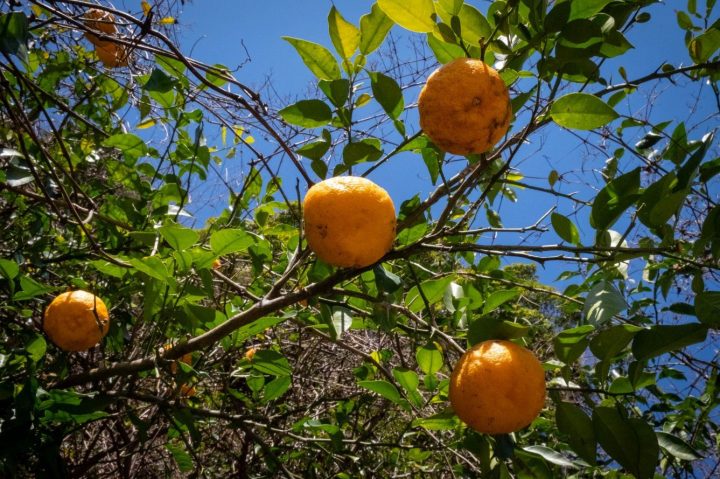
When you visit the site of the Yanase Forest Railway today, you can experience the history of the area in a very intimate and immediate way. Senbonyama was spared logging, and even now, huge cedar trees some 200 to 300 years old grow on the mountain. The larger trees stand more than 50 m high and 2 m round. A hike among these beautiful giants is unforgettable. One of the diesel locomotives was conserved in working order at Maruyama Park where a track circles the park. You can actually drive an engine yourself and feel like one of the rock-star drivers of the logging boom years. At Umaji, you can ride a train pulled by a recreated Porter locomotive. The tunnels and some of the trestle bridges of the original railway have been preserved and can be explored on foot or by bicycle.
Eating in Yanase offers plenty of opportunity to enjoy the sophisticated taste of yuzu. It’s used instead of vinegar to make the local inakazushi, a type of sushi topped with vegetables instead of fish, eaten in mountainous areas. And yuzu blended with soy sauce is a fitting condiment for the delicious free-range chicken enjoyed in Kōchi.
Many photos remain from the railway’s heyday. They’re displayed at little museums in the region, evoking a powerful nostalgia for the earlier days. Nevertheless, when you visit the Co-op and the yuzu farms, you realise that the residents of Umaji are perfectly content to be the masters of their own booming new industry, and the remnants of the railway are now just a nice side line.
Related Tours

Experience the most beautiful and interesting temples of the Shikoku Pilgrimage in seven days.

A tour for families or friends, staying in the most characterful kominka and ryokan of Shikoku.

Visit the most beautiful and interesting temples of the Shikoku Pilgrimage and walk the toughest trails.


